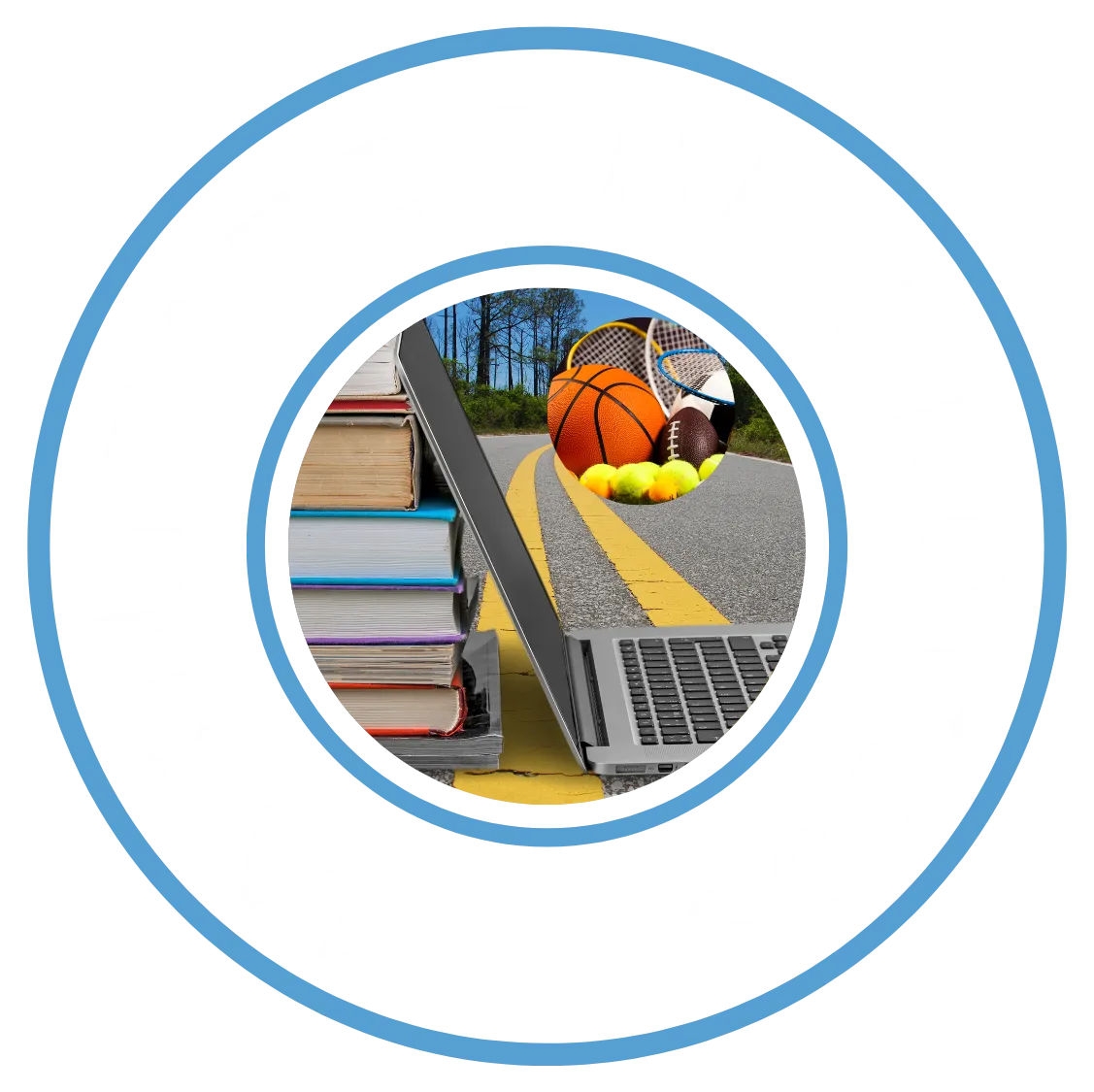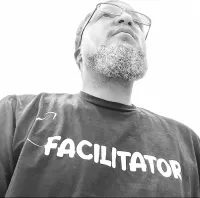

Your Success, Our Priority
Browse our articles below
Make sure to request our FREE Role Player Guide to Recruiting
Click the more stories button for additional articles

How to Navigate the Recruiting Maze:Phase 3: Decision—Turning Interest into Offers
Phase 3: Decision, Turning Interest into Offers
Interest grows throughout the engagement phase, but real opportunity emerges when schools invite conversations about roles, scholarships, and campus visits. The decision phase is about turning interest into action. At this point, athletes must evaluate fit with a sharper lens:
Schedule unofficial and official campus visits for first-hand experiences with coaches and academic advisors.
Ask targeted questions about the future of the program, roster needs, redshirt policies, and academic support for athletes.
Compare scholarship packages, walk-on spots, and academic aid. Review everything in writing to avoid confusion later.
The decision stage requires clarity. Athletes who take organized notes, keep emails and offers in one place, and seek guidance from trusted mentors make stronger choices. Parents and coaches play a critical role in evaluating campus culture and advocating for the athlete without taking over the conversation. Knowing when and how to ask key questions ensures the final commitment is the right one.
By this stage, it’s important to remember that a good fit means much more than roster spot and scholarship amount. Looking ahead to life after graduation, support systems, academic offerings, and personal development all factor into the smartest decision.
How to Evaluate a College Offer Like a Pro
Receiving an offer brings relief, but decision-making only gets more complex. Weighing offers goes beyond comparing numbers. Student-athletes and their supporters should take time to analyze the following factors:
Scholarship breakdowns: Check how much aid is guaranteed each year and under what conditions.
Program culture and coaching stability: Talk to current players, visit campus, and review coaching staff tenure.
Academic support and post-college career resources.
Location, campus facilities, and support for student wellness.
Long-term fit with personal and athletic goals.
The strongest decisions come from a methodical process. Athletes, parents, and coaches should draft questions ahead of visits and keep detailed notes after every meeting with a program. Direct, honest conversations with coaches clarify expectations and reveal how much an athlete will truly matter in a program’s future plans.
Thoughtful evaluation leads to choices that stand the test of time and set student-athletes up for success both on campus and after graduation. The recruiting journey doesn’t end with a signature, it sets the stage for everything that follows.
Helpful resource:
How to Evaluate a College Offer Like a Pro
Mindset: “This decision sets your next four years and beyond, in motion.”
Resources & Community
🎯
Follow Facilitate The Process on Facebook
https://www.facebook.com/facilitatetheprocess/
🌐
Join Our Recruiting Community
🔗
Get Started Today

